with John Winnett
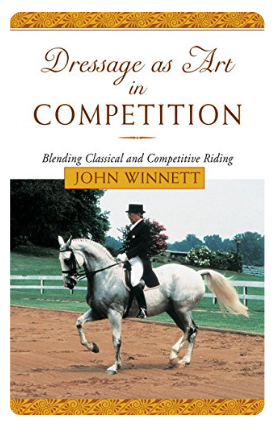
John Winnett was the trainer of many Grand Prix horses. He was first educated in the French School in the 1930s and 1940s, then studied under the German Masters – Klimke, Stechen and Rehbein – from 1969 to 1978. Winnett rode in, and captained the American dressage team, at three Olympic Games…
This is an extract from his book, Dressage as Art in Competition, published by J. A. Allen, and is reproduced with permission.
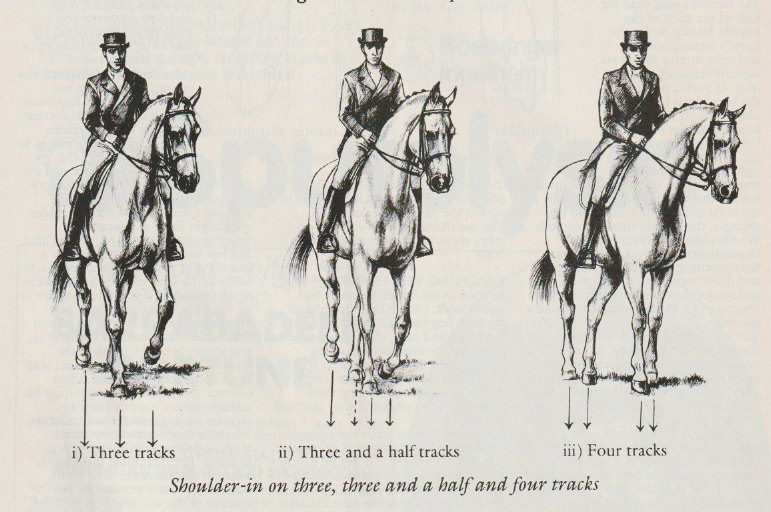
SHOULDER-IN
Shoulder-in is the single most important lateral exercise in academic equitation. It brings about freedom of the horse’s shoulders, obedience to the rider’s hands – resulting in lightness of the forehand, suppleness of the horse’s haunches, obedience to the rider’s legs, and engagement of the hindquarters. It promotes longitudinal suppleness which brings about harmonious accord between the horse’s shoulders and haunches, and creates improved balance.
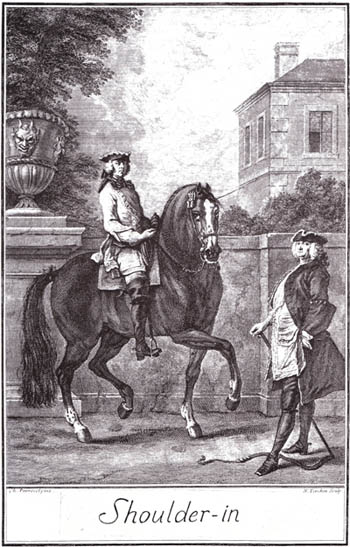
EXPLANATION AND USES
Let me ride you through shoulder-in right to further clarify the exercise. On the right rein, the rider braces his back and legs. He closes his fingers on the outside rein (half-halt). At the same time, he slips his inside (right) leg slightly behind the girth to bend and engage the inside (right) hind leg to the outside. The horse, his forward impulsion meeting the resisting outside rein, will bend his shoulders to the right (inside). The rider’s inside rein and leg maintain the bend and forward motion, while the rider’s outside leg remains passive behind the girth, ready to mobilise or restrict the hindquarters from falling to the outside. The horse, thus bent geometrically around the rider’s inside leg, moves forward on three tracks.
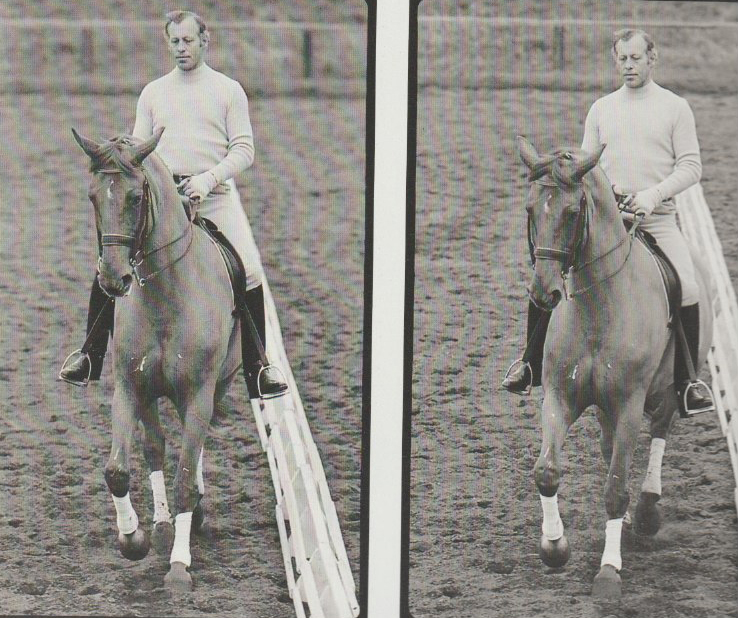
The horse’s inside hind leg follows the track of the outside foreleg, while the horse’s outside hind leg and right foreleg form two separate tracks of their own. In such a position the horse finds himself obliged to lift his right fore knee to overlap it with the left foreleg. He must, at the same time, lower his right haunch in order to engage his hind leg forward and inward toward the medial plane of his body.
At the same time as the inside hind leg engages, the outside shoulder extends. We thus have two distinct sets of circumstances: firstly, a suppling and strengthening effect though extensor and flexor motion of the diagonal pair, and secondly, a collecting effect by the lowering of a haunch and elevation of the shoulder.
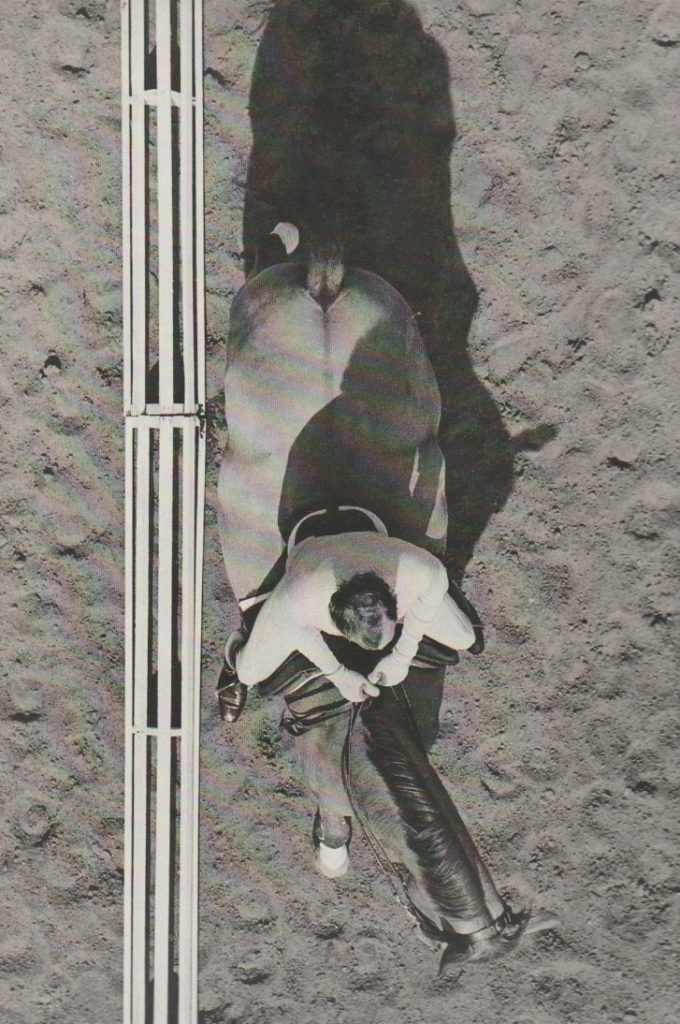
The important points in riding shoulder-in are to ensure that the horse’s inside hind leg does not cross over the outside hind – if this occurs, the horse will have too much angle to the track and place him in a leg-yielding, which is wrong. The horse’s inside hind must oscillate forward and under, and alight in front of the outside hind hoof, but never cross over it!
The horse’s neck must never be flexed beyond the point of the shoulder blade. The rider must continuously ensure that the geometric bend is correct.
As the horse becomes more supple, the degree of bend can be increased to four tracks. This increased bend shortens the horse’s base of support by further lowering his inside haunch and elevating his inside shoulder. The horse, now travelling on four distinct tracks with haunches and shoulders closer together, increases his degree of collection, suppleness and balance.
In addition to being a suppling and collecting exercise, shoulder-in is also used to perfect half-passes in the walk and trot; to straighten a horse in all the gaits; to put a horse back on the rider’s aids; to correct a faulty walk; to perfect the piaffe and passage, etc…
TEACHING THE HORSE
As soon as my horses are ready for lateral work, I teach them to yield to my legs, first by teaching turns on the forehand, and later, after this exercise is perfected, by short periods of leg-yielding on a 20 metre circle in walk. As soon as the horse yields with some degree of proficiency, I stop these preparatory exercises and start teaching shoulder-in.
It is always best to teach the horse shoulder-in first to his weak or concave side (Usually the left). It will be easier for the horse to oscillate and engage his inside hip joint to this side.
The aids used to ride shoulder-in have already been described, but in teaching this exercise it is important to remember to always maintain correct bend; not to lose rhythm or impulsion; not to over flex the horse’s neck – and to make sure that the inside hind leg does not cross over the outside hind.
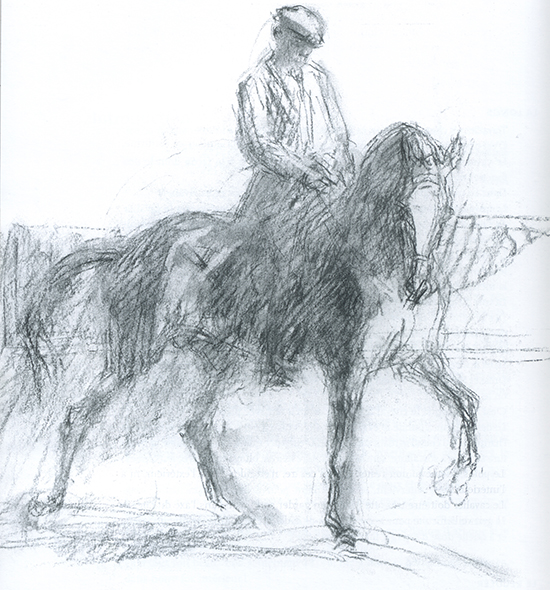
I always ask first for shoulder-in on a straight line along the wall of the riding hall. The wall helps maintain correct bend without allowing the horse to swing his haunches to the outside. It also allows the rider to teach the horse the use of the outside leg without having to use force. When starting this exercise on a circle, one can be dangerously lulled into a pseudo leg-yielding.
Here again, as in teaching any new exercise, it is important to ask only for a few correct steps at a time, but ask often. When the horse loses rhythm and impulsion, it is not only useful to go directly on a circle to maintain bend, but also to increase impulsion, or ride directly out of shoulder-in on a diagonal in a strong, lengthening trot.
When rhythm and impulsion are lost in any lateral exercise, the horse must be ridden forward on straight lines in an energetic trot until the impulsion is restored and the lateral exercise can be attempted anew.
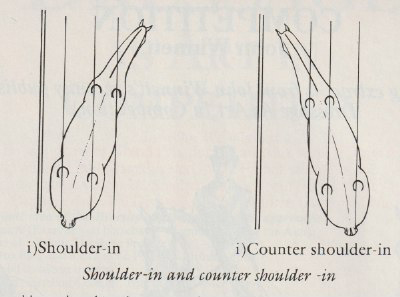
Counter shoulder-in can be a very effective exercise, provided it is ridden on straight lines as a means of straightening a horse who tilts his head and has lost contact with the rider’s outside rein.
Counter shoulder-in is, in essence, the same exercise as shoulder-in. For example, if you ride shoulder-in on the right rein, the horse is bent around your inside (right) leg. If you then wish to ride counter shoulder-in, you simple bend the horse to the outside, towards the wall, around your new inside (left) leg. When riding counter shoulder-in, the rider must be careful not to allow the horse to increase his angle to the wall and cross his inside hind leg over his outside hind, and thus place himself in leg-yielding. The rider must therefore be aware of the increased need for his outside leg to compensate for the absence of the wall and help mobilise the horse’s haunches. I do not advocate, or practice this exercise on circles for it puts the horse onto his outside shoulder and out of proper balance. This fault can also occur on straight lines with the rider uses too much inside rein and overbends the horse in the neck.
(Reproduced with permission of J. A. Allen)
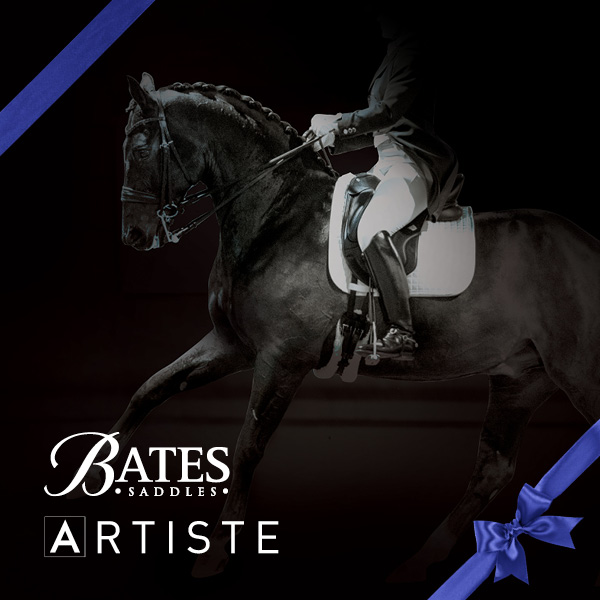
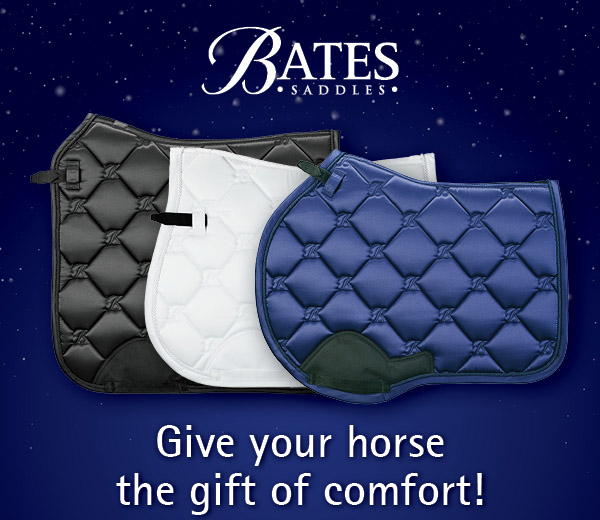

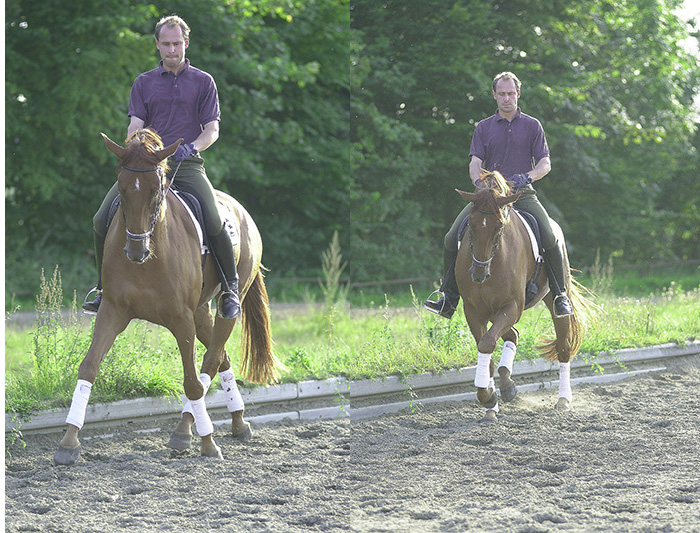
Nuno Oliveira trained us the counter shoulder in using an indoor school wall to slow the horse down allowing riders to not use reins or at least to use minimal rein. Problem with most shoulder in training is it’s not done after counter shoulder in training so riders over use hands. When counter shoulder in is trained after work in hand the horse understands the process better . Training this with a coach on the ground showing the rider the feeling is also a great asset